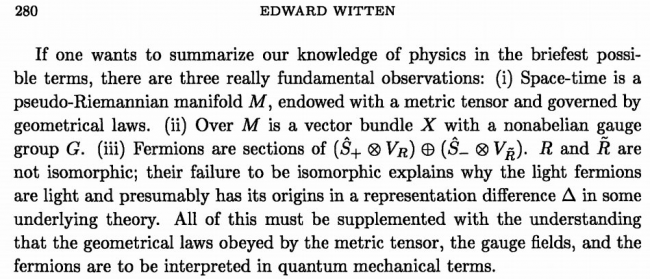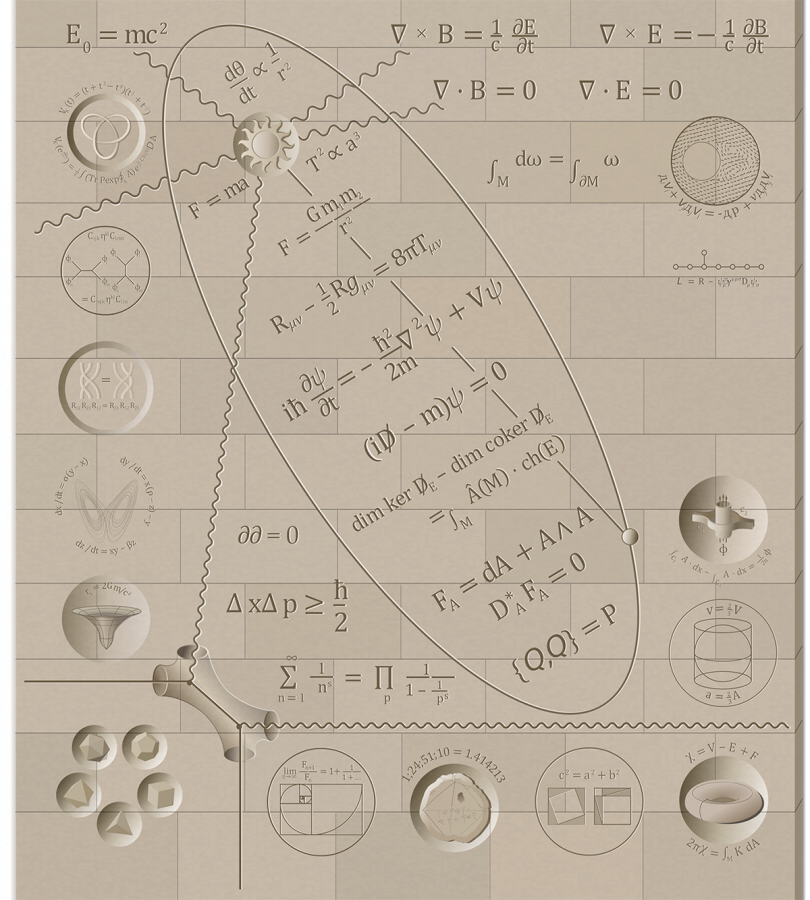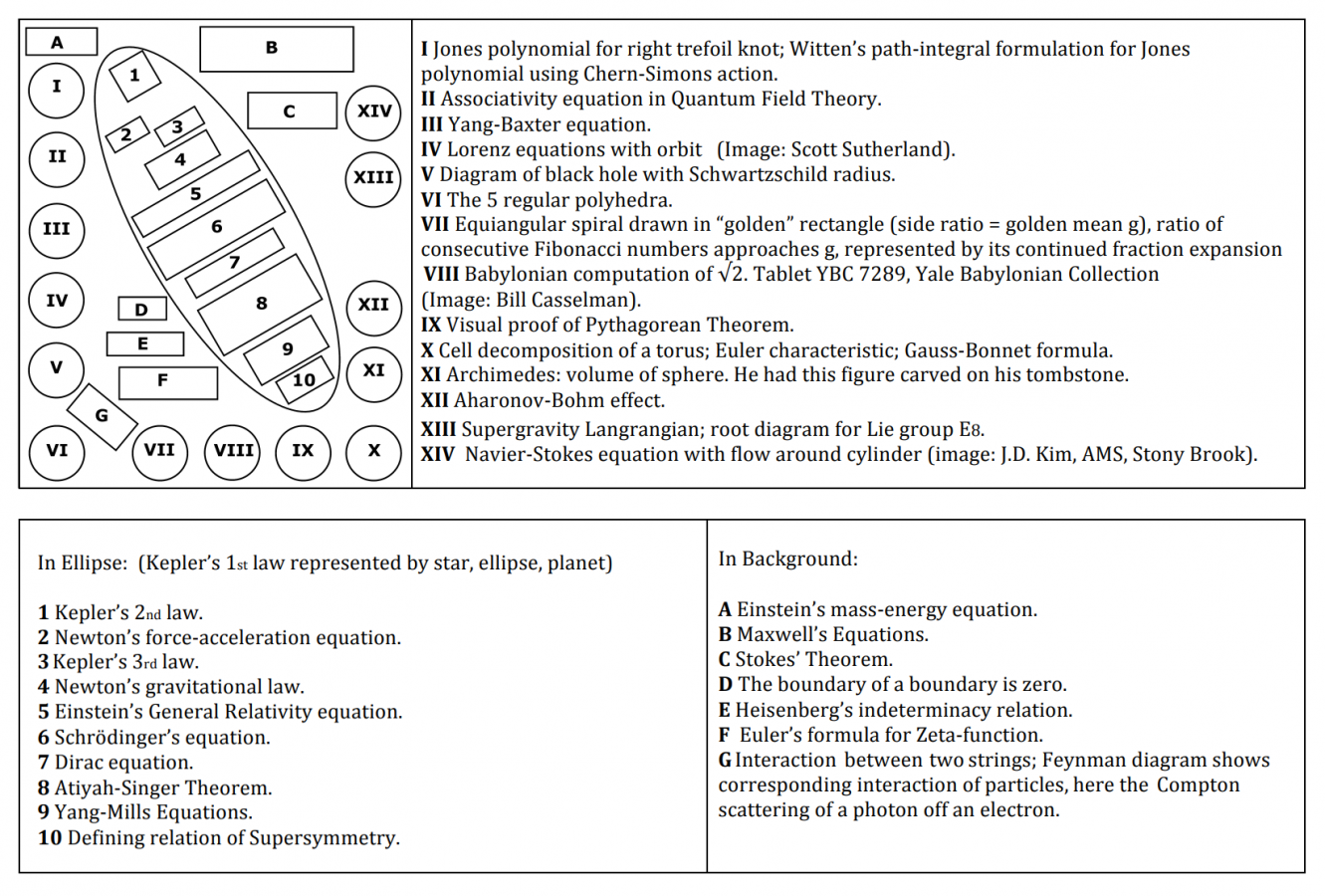User:Aardvark/GWT: Difference between revisions
No edit summary |
No edit summary |
||
| Line 25: | Line 25: | ||
The knowledge of fundamental physics and the mathematics necessary to perform and understand it are known to few, maybe some tens of thousands of people at most, and commitment to reach those levels entails almost a decade of graduate and post-graduate study. Yet what if it was all much easier and much harder to understand? What if the necessary knowledge was finite and more rapidly attainable to a broader population than those select few? What if there was a way to identify and abstract the most basic structures, a list of all the tools to build and operate on those structures, and a user's guide to describe how to use the tools. | The knowledge of fundamental physics and the mathematics necessary to perform and understand it are known to few, maybe some tens of thousands of people at most, and commitment to reach those levels entails almost a decade of graduate and post-graduate study. Yet what if it was all much easier and much harder to understand? What if the necessary knowledge was finite and more rapidly attainable to a broader population than those select few? What if there was a way to identify and abstract the most basic structures, a list of all the tools to build and operate on those structures, and a user's guide to describe how to use the tools. | ||
The Graph, Wall, Tome project demonstrates that these resources exist and already cover much of the necessary ground, but also that they are still flawed and need refinement. Edward Witten, perhaps the most intelligent living physicist, wrote a [[#Graph|paragraph]] in 1987 (from his address at the International Congress of Mathematicians, Berkeley, August 1986) that linguistically encodes and abstracts the most basic structures underlying physics, such that their function can still be understood even if the particular equation may change. This is the '''Graph'''. Jim Simmons, billionaire physicist, commissioned the iconic Wall at State University of New York Stony Brook which has inscribed upon it the equations of what Witten says in addition to some of the most important mathematical and physical results. This is the '''Wall'''. Sir Roger Penrose, Nobel laureate and intellectual descendant of Albert Einstein’s school of geometric physics, wrote a book titled ''The Road to Reality'', which describes and summarizes how to use the mathematics and physics contained within the Wall and the Graph. This is the '''Tome'''. | The Graph, Wall, Tome project demonstrates that these resources exist and already cover much of the necessary ground, but also that they are still flawed and need refinement. Edward Witten, perhaps the most intelligent living physicist, wrote a [[#Graph|paragraph]] in 1987 (from his address at the International Congress of Mathematicians, Berkeley, August 1986) that linguistically encodes and abstracts the most basic structures underlying physics, such that their function can still be understood even if the particular equation may change. This is the '''Graph'''. Jim Simmons, billionaire physicist, commissioned the [[#Wall|iconic Wall at State University of New York Stony Brook]] which has inscribed upon it the equations of what Witten says in addition to some of the most important mathematical and physical results. This is the '''Wall'''. Sir Roger Penrose, Nobel laureate and intellectual descendant of Albert Einstein’s school of geometric physics, wrote a [[#Tome|book titled ''The Road to Reality'']], which describes and summarizes how to use the mathematics and physics contained within the Wall and the Graph. This is the '''Tome'''. | ||
Beyond Graph, Wall, Tome is the Search, the search for a theory of everything. Graph, Wall, Tome should not be confused for the Search, and the Search should not be confused for Graph, Wall, Tome. Ventures that may be considered part of the search are String Theory, Loop Quantum Gravity, Garrett Lisi's E8, and [[Eric Weinstein|Eric Weinstein's]] [[Theory of Geometric Unity|Geometric Unity]].<!-- Graph, Wall, Tome is a necessary road to begin the Search. --> | Beyond Graph, Wall, Tome is the Search, the search for a theory of everything. Graph, Wall, Tome should not be confused for the Search, and the Search should not be confused for Graph, Wall, Tome. Ventures that may be considered part of the search are String Theory, Loop Quantum Gravity, Garrett Lisi's E8, and [[Eric Weinstein|Eric Weinstein's]] [[Theory of Geometric Unity|Geometric Unity]].<!-- Graph, Wall, Tome is a necessary road to begin the Search. --> | ||
Revision as of 20:20, 28 November 2020
| Graph, Wall, Tome | |
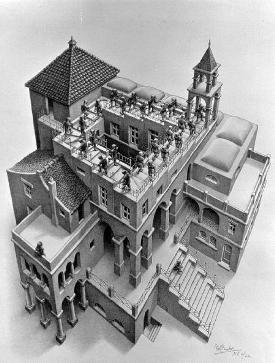
| |
| Information | |
|---|---|
| Topic | Graph, Wall, Tome |
| Leader | Aardvark (Aardvark#5610) Tim (TimFH#7940) |
| Start Date | 27 January 2020 |
| Google Drive | Drive |
| Master Planning | Doc |
| Reference Material | Doc |
| Links | |
| Website | Homepage |
| Discord | Invite |
| All Projects | |
The knowledge of fundamental physics and the mathematics necessary to perform and understand it are known to few, maybe some tens of thousands of people at most, and commitment to reach those levels entails almost a decade of graduate and post-graduate study. Yet what if it was all much easier and much harder to understand? What if the necessary knowledge was finite and more rapidly attainable to a broader population than those select few? What if there was a way to identify and abstract the most basic structures, a list of all the tools to build and operate on those structures, and a user's guide to describe how to use the tools.
The Graph, Wall, Tome project demonstrates that these resources exist and already cover much of the necessary ground, but also that they are still flawed and need refinement. Edward Witten, perhaps the most intelligent living physicist, wrote a paragraph in 1987 (from his address at the International Congress of Mathematicians, Berkeley, August 1986) that linguistically encodes and abstracts the most basic structures underlying physics, such that their function can still be understood even if the particular equation may change. This is the Graph. Jim Simmons, billionaire physicist, commissioned the iconic Wall at State University of New York Stony Brook which has inscribed upon it the equations of what Witten says in addition to some of the most important mathematical and physical results. This is the Wall. Sir Roger Penrose, Nobel laureate and intellectual descendant of Albert Einstein’s school of geometric physics, wrote a book titled The Road to Reality, which describes and summarizes how to use the mathematics and physics contained within the Wall and the Graph. This is the Tome.
Beyond Graph, Wall, Tome is the Search, the search for a theory of everything. Graph, Wall, Tome should not be confused for the Search, and the Search should not be confused for Graph, Wall, Tome. Ventures that may be considered part of the search are String Theory, Loop Quantum Gravity, Garrett Lisi's E8, and Eric Weinstein's Geometric Unity.
Already in these objects together is enough information to begin a serious study of physics at its most fundamental level and comprehend the deep connections between mathematics and physics. Yet, almost no one knows or seeks them. Further still, as recently as the 1950s we were confused about the structure of the universe: we didn't know the world is left-right asymmetric, and we didn't know the Aharonov-Bohm effect, which demonstrated that the electromagnetic field is less important than the electromagnetic potential. As recently as the mid-1970s, Jim Simmons and C.N. Yang showed that particle theory is completely geometric. Both of these developments are little known among the public. That the Graph, Wall, and Tome and these recent foundational developments are unknown is evidence that something is off in how we communicate science.
Prime Directive
A request:
Try to draw the lines through the three. View it as a unified idea:
The Paragraph gets edited,
The Wall gets defaced and graffitied,
The Sacred Tome gets rewritten.
But follow the skeins through each.
The Graph points to the Wall,
And the Wall to the Tome,
And the Tome leads to the Search.
Graph
The Graph is a paragraph from Edward Witten's paper Physics and Geometry, at the bottom of page 20. In language it concisely encodes the overarching structure of reality:
If one wants to summarize our knowledge of physics in the briefest possible terms, there are three really fundamental observations:
(i) Spacetime is a pseudo-Riemannian manifold $$M$$, endowed with a metric tensor and governed by geometrical laws.
(ii) Over $$M$$ is a vector bundle $$X$$ with a non-abelian gauge group $$G$$.
(iii) Fermions are sections of $$(\hat{S}_{+} \otimes V_{R}) \oplus (\hat{S}_{-} \otimes V_{\tilde{R}})$$. $$R$$ and $$\tilde{R}$$ are not isomorphic; their failure to be isomorphic explains why the light fermions are light and presumably has its origins in representation difference $$\Delta$$ in some underlying theory.
All of this must be supplemented with the understanding that the geometrical laws obeyed by the metric tensor, the gauge fields, and the fermions are to be interpreted in quantum mechanical terms.
Wall
The following image is carved into a wall at Stony Brook University. It contains many equations and mathematical results that have contributed to the human understanding of reality.
Tome
| The Road to Reality | |
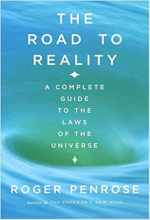
| |
| Information | |
|---|---|
| Author | Sir Roger Penrose |
| Language | English |
| Genre | Physics |
| Publisher | Vintage |
| Publication Date | 9 January 2007 |
| Pages | 1136 |
The Tome is The Road to Reality by Nobel laureate Sir Roger Penrose, which contains a comprehensive account of the physical universe, as it was understood around 2007, in 34 chapters spread over 1000 pages with diagrams and equations. For the information contained in the Graph and the Wall, this book provides intuition and the beginnings of understanding. It serves as an example of how these concepts can be explained and arranged to encourage productive learning.
The community is reading through the tome and gathering resources on the wiki.
- The Portal Book Club - We have a weekly group that meets to talk about this book. Come join us in Discord!
- Community study notes.
- Reference material by chapter.
Core Sub-projects
The essence of Graph, Wall, Tome is viewing each as part of a singular idea. What content is common among them is what should be expanded, and their unique content should be promoted if it is a part of fundamental physics toolkit, or removed if it isn't.
Graph-Wall-Tome Connection
- Decoding the Graph-Wall-Tome Connection - What are the common themes that appear in the Graph, the Wall, and the Tome? What do they point to?
Editing the Graph
Editing the Graph - Though the original Graph aptly summarizes our physical knowledge, there are some minor alterations and additions to be made in order for it to accurately capture current physics.
Defacing the Wall
Defacing the Wall - Update and improve the wall so that it is conciliant with fundamental theoretical physics.
Rewriting the Tome
Rewriting the Tome - For everything that is in the new Graph and Wall, write their elaboration and explanation.
Resources
Other Sub-projects
- Studying the Tome - The Tome can be intimidating. This problem can be solved 1.) by creating resources that make it easier to digest its content and 2.) by going through the chapters together.
- Holonomy Project (Stalled) - The goal is to create visualizations for the effect known as "holonomy", whereby parallel transporting a vector around a loop in a curved space leads to the vector changing upon returning to the start of the loop. How the vector changes orientation/position in space is the holonomy of that loop in that space. This effect reveals deep information about the curvature of the space itself.
Archived Sub-projects
- Climbing the Cliff (Archived) - Create a learning guide through The Road to Reality.
- Deface the Wall (Completed) - Cam and boqu made a new wall that's interactive.
- Geometry Project (Archived) - The aim is to create and collect resources related to Frederic P. Schuller's lecture series titled "Lectures on Geometrical Anatomy of Theoretical Physics" that provides a great introduction to geometrical concepts that are essential for the Graph, Wall, Tome project.
- Interactive Wall (Completed) - Demp and boqu made a wall that you can pan and zoom and click on! It also pulls information from the wiki based on what is in view.
Reference
- Physics & Geometry by Ed Witten
- The Wall at the Simons Center for Geometry and Physics, Stony Brook University
- The Road to Reality by Sir Roger Penrose
Related Material
- Eric's tweets about the Graph
- Roger Penrose on The Portal Podcast
- Garrett Lisi on The Portal Podcast
- London Tsai on The Portal Podcast
- Geometric Unity First Presentation
- Theory of Geometric Unity
- Eric on the Lex Fridman Podcast 134
- Eric on the Lex Fridman Podcast 88
- Eric on JRE 1453
- Eric on JRE 1320
- Eric on JRE 1203
- Theories of Everything on PBS Space Time
- Eric and Stephen Wolfram with Brian Keating on Into the Impossible
- Eric on Into the Impossible
- Into the Impossible – Sir Roger Penrose: Conformal Cyclic Cosmology, Black Holes Nobel Prize w/ Eric Weinstein Janna Levin
- Into the Impossible - Eric Weinstein: Imposter Syndrome, Donald Trump, & the Future of Theoretical Physics

